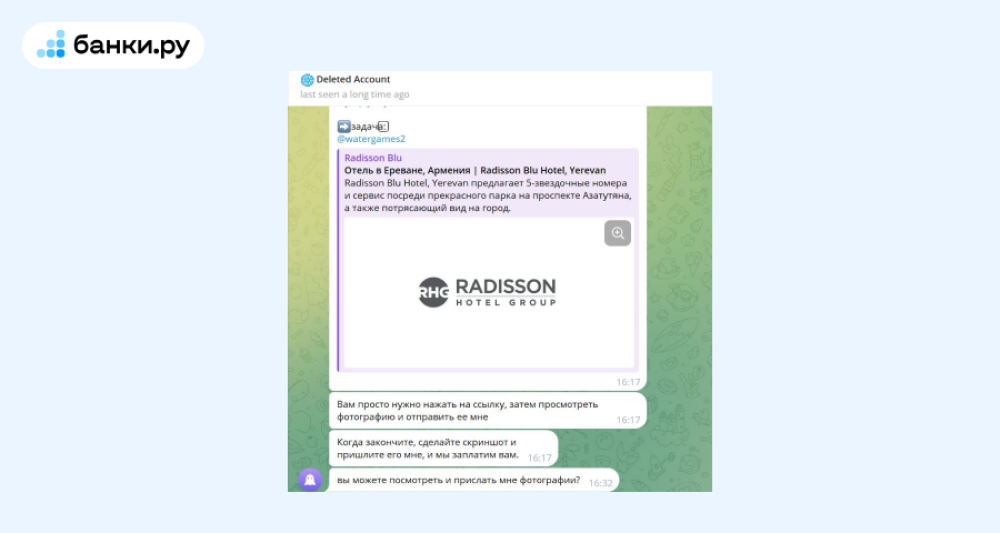International rating agency Moody's Investors Service has lowered its ratings on Tatfondbank, namely long-term foreign currency and local currency deposit and debt ratings from B3 to Caa1, BCA and adjusted BCA from caa1 to caa3, long-term CRA from B2(cr) to B3(cr). All these ratings were placed on watch for a possible downgrade that, as analysts noted, reflects uncertainty surrounding the bank's financial standing and support in the future. The full list of rating actions was given in the agency's press release.
The rating action came from suspended customer service and payments that the bank announced. The lending institution experienced liquidity shortage as over 10% of deposit accounts have been withdrawn over the past three weeks. The bank is in talks with the republican government and the Central Bank of Russia over possible support. "Over 40% of the bank's shares are presently held by entities that are affiliated with the Republic of Tatarstan," Moody's specified.
Analysts noted that Tatfondbank's liquidity was historically volatile, demonstrating its reliance on payment of market debt and/or big deposit accounts. As of November 1, 2016 the bank's liquidity assets, excluding collateralized securities, accounted for 12.7% of total assets, or 20.8% of customer deposits, according to the local financial reporting standards that Moody's finds as low due to the bank's vulnerable funding base. The main source of the bank's funding is customer deposit accounts that account for 70% of all liabilities as of mid-2016, and 76% of this amount falls to retail deposits that are subject to the risk of panicking among deposit holders and deposit withdrawals.
Moody's specified that Tatfondbank's ratings presently take into account the possibility of support from the Tatar government and related companies, so they are two notches above the bank's BCA. The agency explains its position by the bank's substantial weight in the republic (36% of retail deposits, and 20% of assets), the fact that the regional government holds over 40% of the bank's shares indirectly through affiliated entities and instances when republic authorities helped the bank, including a recent capital injection. The agency can revise these assumptions when results of support negotiations are made public.









